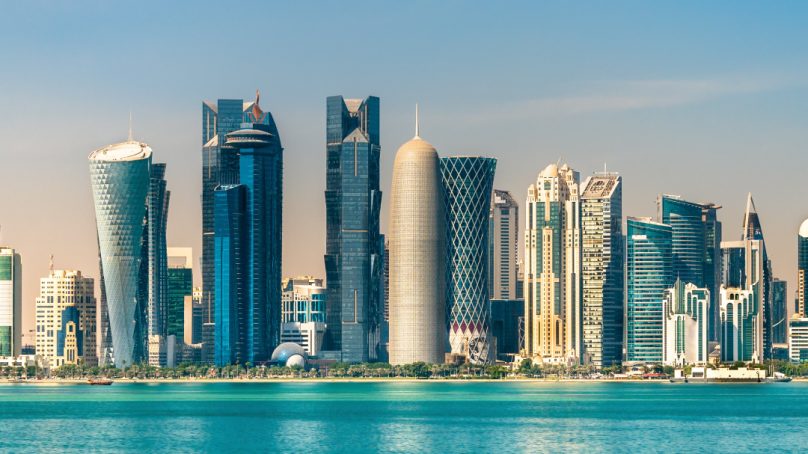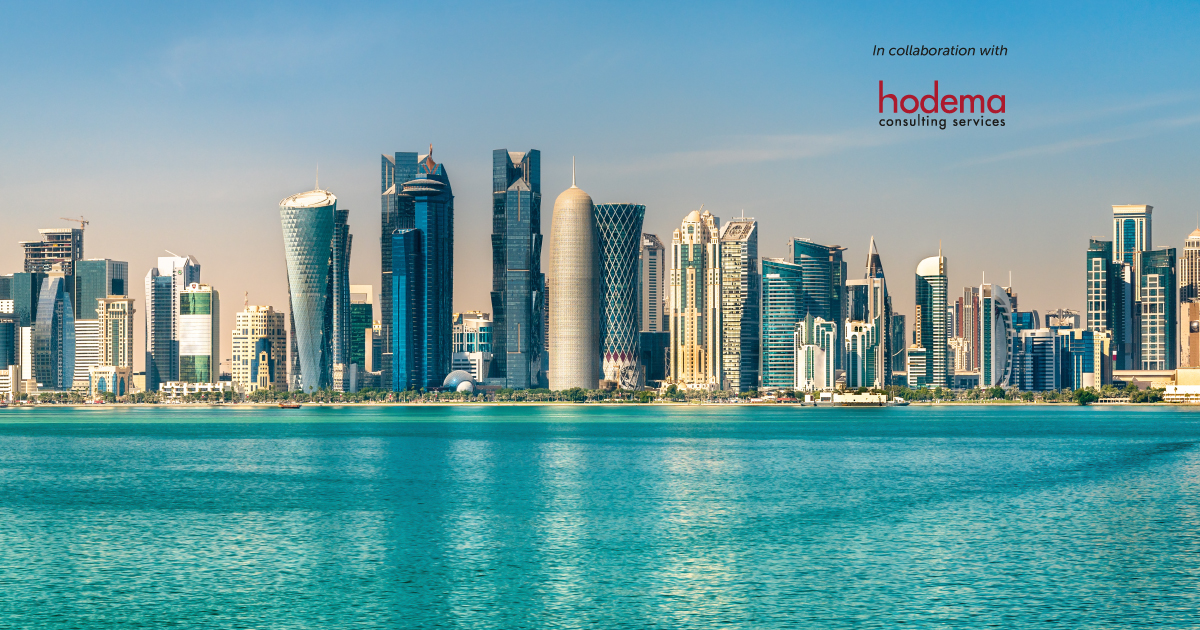

Since Qatar hosted the 2022 FIFA World Cup, the country’s economy has performed notably well, helped by improved relations with its Saudi neighbor, which ended a rift of several years. Driven by an abundance of natural gas reserves, GDP growth has also started to feel the benefits of shifts in economic policies, which are focused on diversifying the country’s resources.
A positive economic outlook
Having accounted for nearly 85 percent of GDP in the early 1980s, the contribution made by the hydrocarbon sector, which encompasses liquefied natural gas (LNG), crude oil and petroleum products, fell to around 37 percent in 2022. This change of gear toward diversification has so far proven successful and economists predict a strong medium-term outlook for the small Gulf country. Qatar ranks eighth on the list of countries with the highest GDP per capita, according to the IMF, with the projected figure for 2025 set at USD 66,350. The authorities have also announced fresh initiatives to boost the private sector, create employment and attract investors. These latest announcements are part of Qatar’s Third National Development Strategy 2024- 2030. Several sectors, such as financial services, technology, real estate, logistics and tourism, are being pushed to the forefront as part of the broader aim to reduce the country’s hydrocarbon dependence.
Ambitious targets for tourism
The stakes for the tourism industry are particularly high. Through the Qatar National Tourism Strategy 2030, authorities want the travel and hospitality sectors to contribute 12 percent to GDP by 2030 and attract 6 million visitors annually – an ambitious target, given that arrivals for the FIFA 2022 World Cup totaled 2.4 million.
According to Abdulaziz Ali Al Mawlawi, Visit Qatar’s CEO, the country was able to maintain the momentum generated by the event, with the number of visitors jumping to 4 million in 2023 and reaching 3.5 million in the first eight months of 2024 alone. The increases were likely due, in large part, to an extensive list of international events held in the country, such as the World Aquatics Championships, cricket’s Legends League, golf’s Qatar Masters, Formula 1 Qatar Airways Grand Prix and the FIFA Intercontinental Cup, to name just a few, among an impressive sports calendar in 2024 hosted by Doha. A total of 37 international competitions, plus several regional and local championships, brought thousands of athletes and fans to Qatar. The country also has a number of major additional sporting events lined up for 2025, including two tennis tournaments in February and the MotoGP Grand Prix in April. The global tech community is also expected to gather in Doha for February’s Web Summit.
Robust room pipeline
To accommodate the planned upswing in visitor numbers, the country has been investing heavily in its hotel industry. The year 2022 saw a boom in construction for the FIFA World Cup, with room supply jumping to 37,539 units from 29,386 the previous year. While 2023 was calmer, occupancy rates and revenues in 2024 were both given a boost by sporting events. According to CoStar, a leading provider of online real estate marketplaces, November 2024 year-on-year (y-o-y) figures showed a considerable increase, notably due to the Formula 1 rendez-vous. Occupancy levels peaked at 83.6 percent, marking a jump of 17.5 percent. The average daily rate (ADR) rose by 20.9 percent, while the revenue per available room (RevPAR) jumped by 42 percent. These record numbers represent the highest occupancy for any November in Qatar since 2014. Although the country’s high-profile international events are producing an exceptional upsurge in demand for the hospitality industry, the increased hotel offer has yet to be absorbed by the overall rise in visitor numbers. And yet, the authorities show no signs of stemming the tide anytime soon; additional accommodations are planned as part of a robust pipeline which gives Qatar the highest annual growth rate for investments among its GCC peers.
High-end focus
Qatar has decided to focus on luxury tourism, with hundreds of high-end hotels and restaurants now catering to wealthy visitors. The Pearl Qatar, the artificial island located on 4 million square meters of reclaimed land, Katara Cultural Village, Souq Waqif and the Mall of Qatar are among the many key destinations that have become international talking points. Visitors will find a vast range of cuisines to choose from at the country’s ever-growing list of restaurants, with acclaimed chefs, such as Jean-Georges Vongerichten, having opened refined eateries. High-profile chains STK and Nobu have also opened branches at the Ritz-Carlton and the Four Seasons.
Infrastructure development in Qatar is keeping pace with the hospitality industry’s expansion. Fully equipped with all the latest tech innovations, Hamad International Airport, Qatar’s main airport, has become an important transit hub between Europe and Asia. In a significant step, its main company, Qatar Airways, has joined the world’s top air carriers.

Nada Alameddine
Managing Partner
Hodema Consulting Services
hodema.net
@a_snada
@hodema













